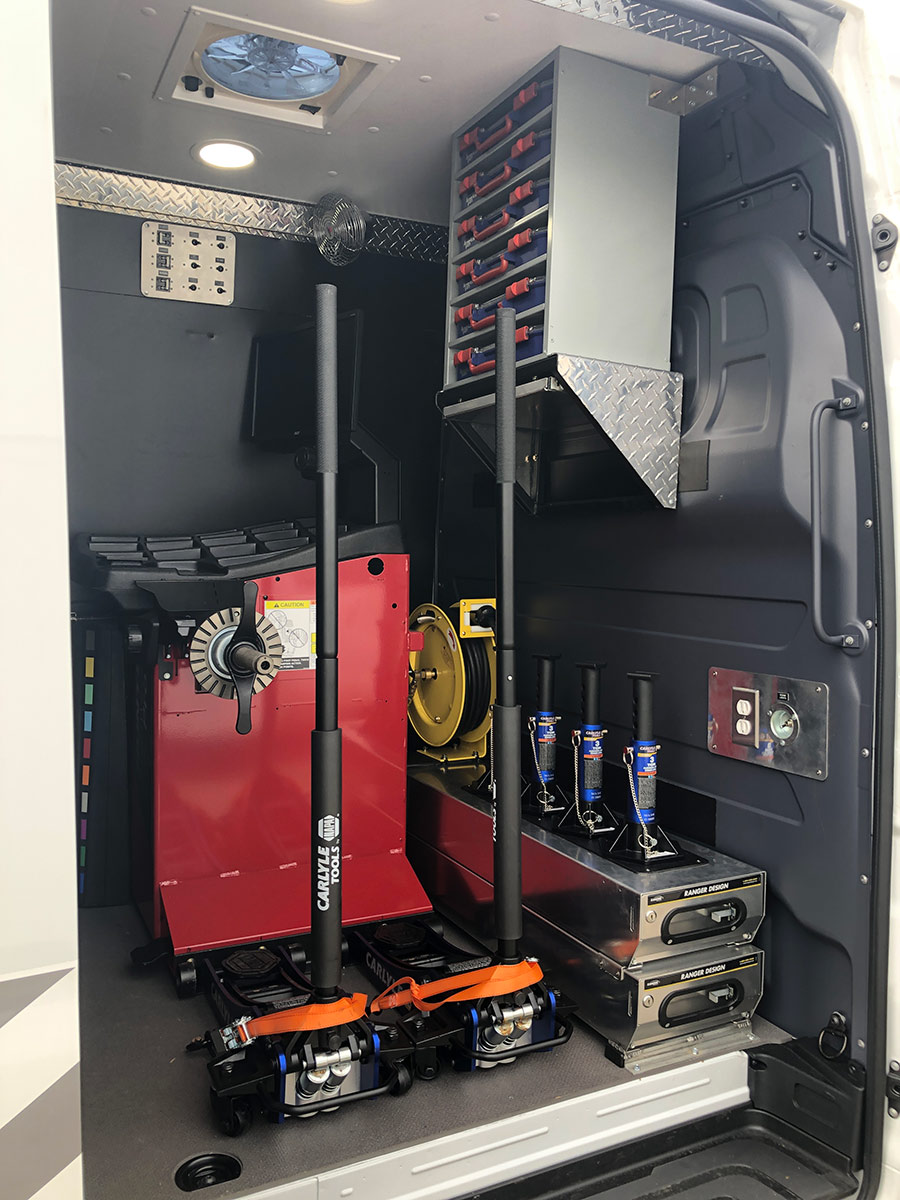Quick Reaction Mobile Tire Change Service in Las Vegas
Quick Reaction Mobile Tire Change Service in Las Vegas
Blog Article
Tire Service: Proven Approaches for Optimal Tire Upkeep and Treatment
From guaranteeing proper tire pressure to routine turning and positioning, there are tested techniques that can substantially extend the life-span of your tires and enhance total driving experience. Let's dive right into the world of tire service and find the keys to maintaining your tires in superior shape for the lengthy haul - Mobile Tire Replacement Las Vegas.
Relevance of Tire Pressure
Ample tire pressure promotes much better fuel performance, as under-inflated tires can lead to increased rolling resistance, creating the engine to function more difficult and consume even more fuel. Right tire pressure ensures even walk wear, improving tire long life and conserving cash in the long run by postponing the demand for early substitutes. Regularly adjusting and checking tire pressure, particularly previously lengthy trips, is a basic yet efficient method to boost lorry efficiency, expand tire life-span, and focus on safety on the road.
Tire Turning Standards
When thinking about tire turning guidelines, it is vital to recognize the relevance of this upkeep job in making best use of tire life-span and preserving optimum vehicle performance. Tire turning includes changing the placement of each tire on a lorry to guarantee also tread wear. Front tires have a tendency to put on quicker than rear tires as a result of steering forces, making normal rotation essential for well balanced wear patterns. The suggested turning pattern varies relying on whether a vehicle is front-wheel, rear-wheel, all-wheel, or four-wheel drive. Generally, tires need to be revolved every 5,000 to 7,500 miles, or as recommended in the lorry guidebook. Overlooking tire rotation can cause uneven wear, affecting handling, grip, and possibly compromising vehicle safety. By sticking to correct turning standards, chauffeurs can extend the life of their tires, enhance fuel performance, and boost total driving experience. Routine turning is a basic yet effective upkeep method that contributes considerably to tire long life and car performance.

Benefits of Wheel Positioning
Making certain correct wheel alignment after tire turning is important for preserving balanced wear patterns and optimizing car performance. Wheel placement refers to the modification of the angles of the wheels to the manufacturer's requirements. One of the key advantages of wheel positioning is boosted guiding and managing response. When the wheels are correctly straightened, it decreases guiding initiative, making certain a smoother and extra controlled driving experience. Furthermore, correct wheel positioning aids to extend the lifespan of your tires. Misaligned wheels can cause irregular tire wear, causing premature tire substitute and raised maintenance expenses.

Tire Footstep Deepness Inspect
Doing a regular assessment of tire tread deepness is crucial for keeping secure driving problems and prolonging the life expectancy of your tires. Unequal tread wear can indicate problems with tire alignment, stress, or suspension, highlighting the relevance of regular step depth checks. By including tire tread deepness checks into your regular upkeep timetable, you can drive with confidence recognizing that your tires are in top condition.
Seasonal Tire Evaluation
An extensive evaluation of tire navigate here problem customized to details weather problems is vital for preserving optimum performance and security throughout the year. Seasonal tire assessment is an essential aspect of tire maintenance that makes certain tires prepare to face the difficulties positioned by various climate conditions. In preparation for winter season, it is crucial to inspect the more info here tire stress consistently as cold temperatures can create tire stress to go down. Examining tire step deepness is likewise vital to make sure adequate grip on snow and frozen roadways. Furthermore, inspecting for indications of wear and tear, such as lumps or fractures, can aid stop potential tire failings. As the seasons change, it is necessary to assess tire problem and make any type of necessary changes to ensure safe driving. By performing regular seasonal tire evaluations, vehicle drivers can prolong tire life expectancy, improve fuel efficiency, and most notably, make sure a safe and secure driving experience in varying climate condition - Mobile Tire Replacement Las Vegas.
Final Thought
In verdict, maintaining appropriate tire pressure, rotating tires consistently, straightening wheels properly, keeping track of tread deepness, and performing seasonal assessments are crucial techniques for optimal tire care. By adhering to these confirmed approaches, drivers can ensure their tires last longer, perform better, and add to total car safety and security. It is necessary to prioritize tire maintenance to stop accidents, boost fuel effectiveness, and lengthen the lifespan of tires.
Sufficient tire stress promotes better gas performance, his explanation as under-inflated tires can lead to raised rolling resistance, causing the engine to work more difficult and consume more fuel.When thinking about tire turning standards, it is necessary to comprehend the value of this upkeep job in optimizing tire life expectancy and maintaining optimum automobile efficiency. Seasonal tire inspection is a fundamental aspect of tire maintenance that makes certain tires are ready to encounter the challenges postured by various weather condition problems. By conducting regular seasonal tire assessments, chauffeurs can extend tire life-span, improve fuel effectiveness, and most notably, make certain a safe driving experience in varying weather conditions.
In final thought, preserving appropriate tire stress, turning tires on a regular basis, straightening wheels appropriately, keeping track of walk deepness, and performing seasonal inspections are necessary techniques for optimal tire treatment.
Report this page